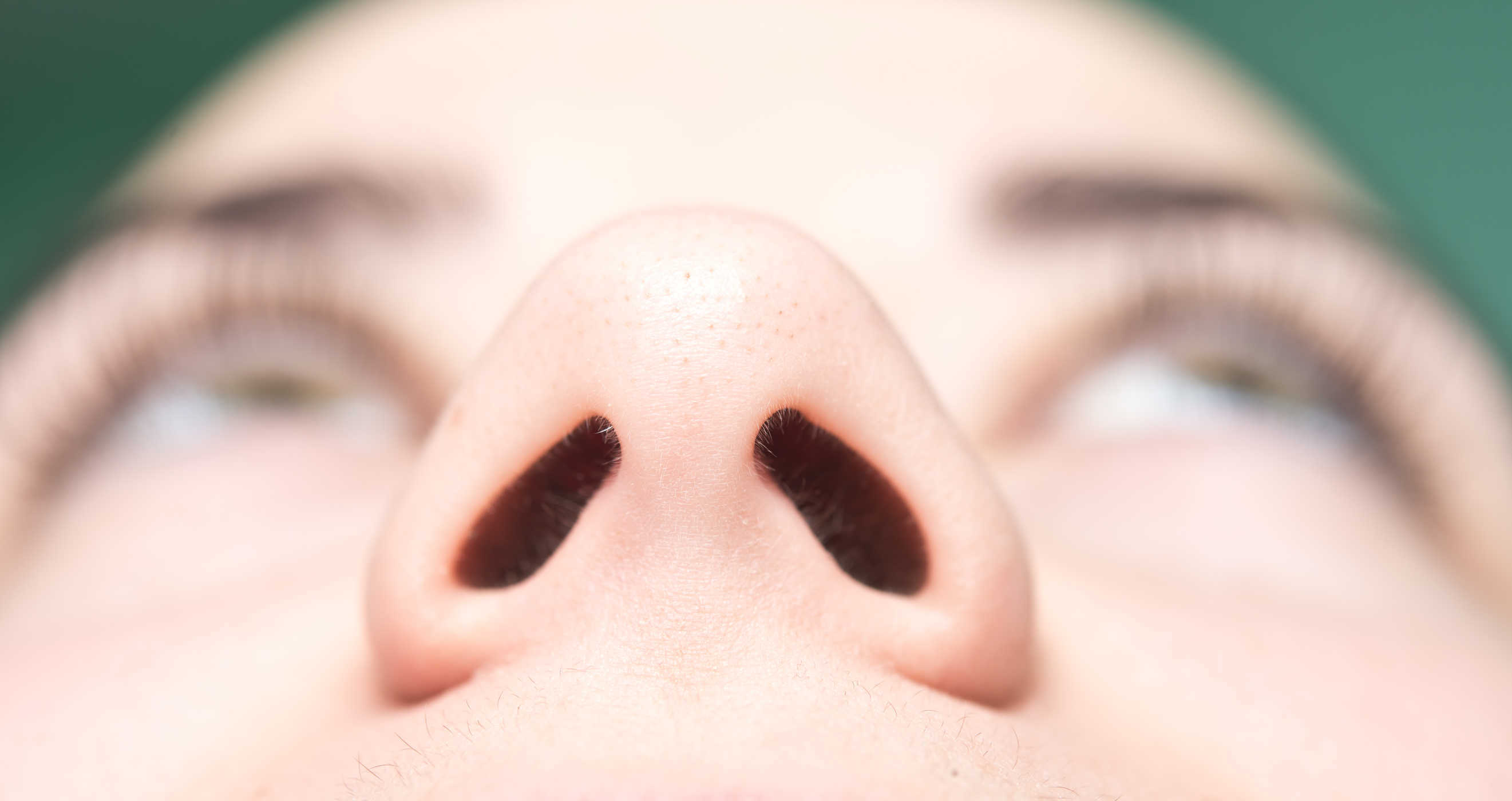Contents:
Medical Video: What Your Nose Shape Says About Your Personality
The human nose is not just a lump of flesh and cartilage on the front of the face. In addition to being part of the respiratory system where air is coming in and out, the nose also contributes to other important functions of the body, such as the sense of taste and hearing.
The function of the nose besides kissing
Without a nose, your body will not be able to taste food well. What we call "taste" is actually a combination of different sensations; one of them, smell. When you eat something, the nose smells the food and sends information to the mouth. This process is called olfactory referrals. This is the reason why when you are having a cold or coughing up a cold, all the food feels tasteless.
The nose also has a role in hearing function. The nasopharynx of the nose is flanked on both sides by an eustachian tube. This tube connects the nasopharynx to the middle ear. The nasopharynx will fill the middle ear with air, balancing the air pressure in the ear with the atmosphere around it. This process is an important part of good hearing.
Why do people's noses vary?
Men generally have bigger noses than women. Although many people think that the shape of the nose is purely aesthetic, researchers suspect that the shape of the nose develops in different environments for different reasons. For example, the high nose and sharpness possessed by the average European are associated as a form of adaptation to cold and dry climates.
The size and shape of a human nose can vary depending on the genetics and injuries that may be experienced. A snub or a sharp nose, are there other health conditions associated with a diverse nose shape?
A nose shape that indicates a health condition
Snub nose
The small nose alias is slightly pug with a sloping curve, and the tip of the nose is rather high showing the nostrils. Elizabeth Taylor and Wayne Rooney are one of the many owners of this type of nose.
But do you know? This form of nose can also be one sign of three rare genetic conditions, namely blackfan anemia, pure red cell aplasia, and autospondylomegaepiphyseal dysplasia. Patients with pure red cell aplasia have bone marrow that is unable to produce enough red blood cells. Otospondylomegaepiphyseal dysplasia is an abnormal bone growth condition that causes hearing loss, abnormal skull shape, and changes in the characteristics of other facial features.
Saddle nose
The saddle nose, is the condition of the loss of the nasal supporting structure so that it weakens the nasal septum, causing the nose to wrinkle as a whole. The shape of the nose can be located on the bridge of the nose, in the cartilage, or on the bridge of the nose. The nasal septum, the soft wall that limits the two nostrils, can be damaged and pushed to the left or right, or the nose can grow tilted. This condition is called nasal septal deviation. This deviation can cause respiratory problems and discomfort because one or both nose selections are smaller than they should be.
Saddle nose can be caused by a variety of things, including history of septoplasty, failed nose plastic surgery, drug use, to certain medical conditions, such as dwarfism, Wegener's granulomatosis (granulomatosis with polyangitis), hereditary syphilis, nasal trauma, William's nasal bridge syndrome or dystosis cleidocranial, a genetic disease that cannot be cured. This disease is caused by abnormal genes inherited from parents to children, causing the sufferer's nose bridge to be low and short.
Potato nose
Alien nose, or medical term Rhynophyma. Rhynophyma is a rare skin condition where the nose is shaped like a bulb, large, red, thick, oily, and bumpy. The exact cause of this condition is unknown, even though it was associated with excessive alcohol consumption. A number of studies have shown that the rhynophyma can occur in both alcoholics and none. This condition is more common in men.
Rhynophyma is also associated with rosacea. Rosacea is a skin inflammation that causes the face to appear reddish irritation, especially in the cheeks and nose. A small red and festering lump may also appear on your face as the condition develops. Rhynophyma generally appears in the final stages of rosacea and develops slowly for several years. The general physical characteristics of the rhynophyma are concentration in the middle to the tip of the nose, which causes aberration of facial features in many cases.
Big nose
Large noses are commonly owned by many people throughout the world. However, if the shape of a large nose is followed by the hands and feet which also enlarge to a certain point where the ring, jewelry, or shoes no longer fit to be used, this is a classic symptom of acromegaly. Acromegaly can also cause you to experience changes in the face gradually, such as a protruding lower jaw, thickened tongue and lips, and a widening distance between teeth. In addition, acromegaly also causes excessive sweating and body odor, damage to vision, to the movement of limited and painful joints.
Acromegaly is caused by hormonal disorders in the pituitary gland that produce growth hormones outside the normal range. When this happens, your bones will also enlarge, and then be followed by changes in other physical characteristics. Acromegaly usually affects advanced adults. In children, this excess growth hormone is called gigantism, which causes them to grow big and tall unnaturally. Acromegaly develops slowly, so the initial symptoms may not appear in a few years.
READ ALSO:
- He said, each human being has 7 twins scattered throughout the world
- Can late puberty be tricked?
- breast enlargement surgery, should you?












